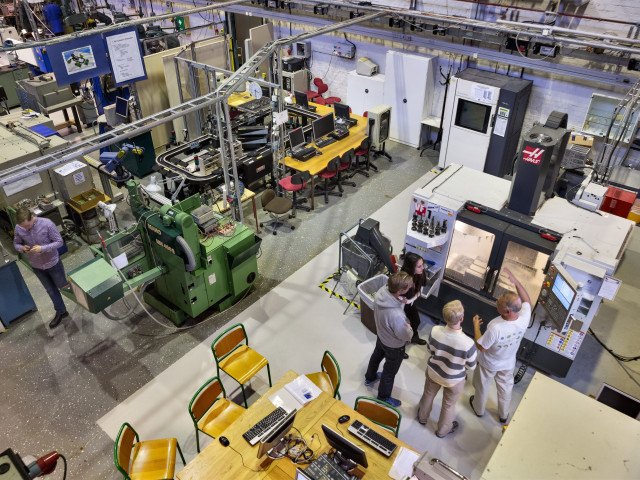A. Cardiac, vascular and respiratory systems
· Explain how heart and vasculature regulate circulation of blood in the body
· Explain how lungs and circulation regulate oxygenation of tissues
· Understand feedback loops affecting heart rate, blood pressure and respiration
· Analyze how the different systems interact tomaintain a constant internal environment
At the end of this module, studentsshould have the practical skills to:
· Perform and analyzeanelectrocardiogram, orthostatic test, static and dynamic spirometry
· Measure heart rate and blood pressure
· Identifyheart and respiratory sounds
B. Autonomic nervous and endocrine systems
· Explain the organization of the sympathetic and parasympathetic nervous systems
· Understand the concepts of endocrine, paracrine and autocrine effects
· Classify hormones based on composition, mechanisms of synthesis, receptor type and intracellular signalling
· Integrate the organization and control of nervous and endocrine systems and the function to maintain homeostasis in the healthy body
C. Digestive andurinary systems
· Explain how food is processed and absorbed at different levels of the alimentary canal
· Describe the function of the liver and pancreas in nutrient absorption
· Explain the role of urinary organs in maintaining fluid and acid-base balance
· Understand the interactions between the nervous, endocrine and digestive system that regulate food processing and absorption
D. Musculoskeletal system and exercise physiology
· Explain how the anatomy of skeletal muscle and bones generates movement
· Explain the molecular, cellular, bioenergetic and biophysical mechanisms generating force in skeletal muscle
· Understand the nervous mechanisms regulating movement and balance
· Integrate physiological adaptations occurring during physical activity
At the end of this module, studentsshould have the practical skills to:
· Estimate maximum exercise capacity from a cycling exercise bout
· Measure physiological changes occurring during an acute exercise bout
